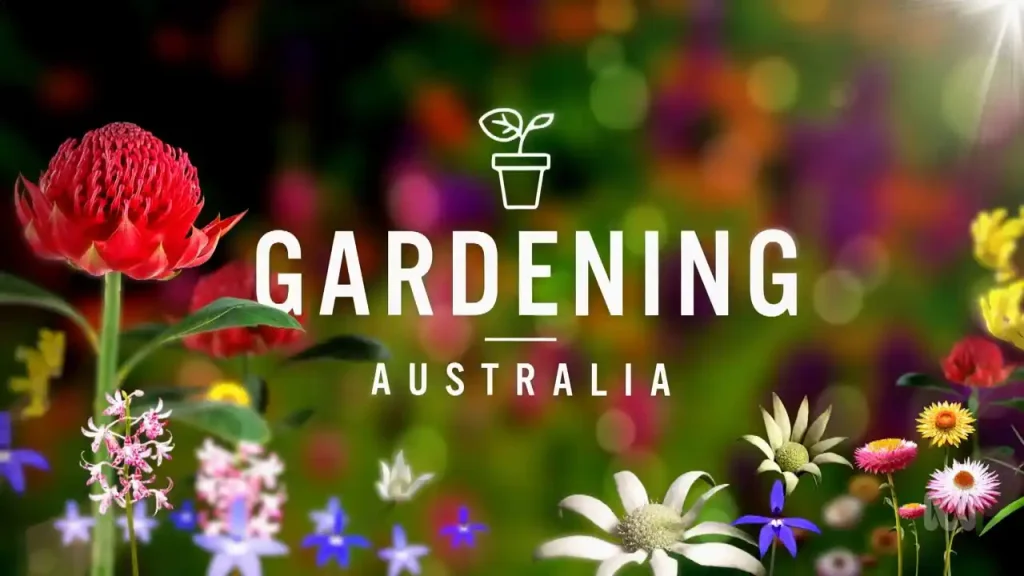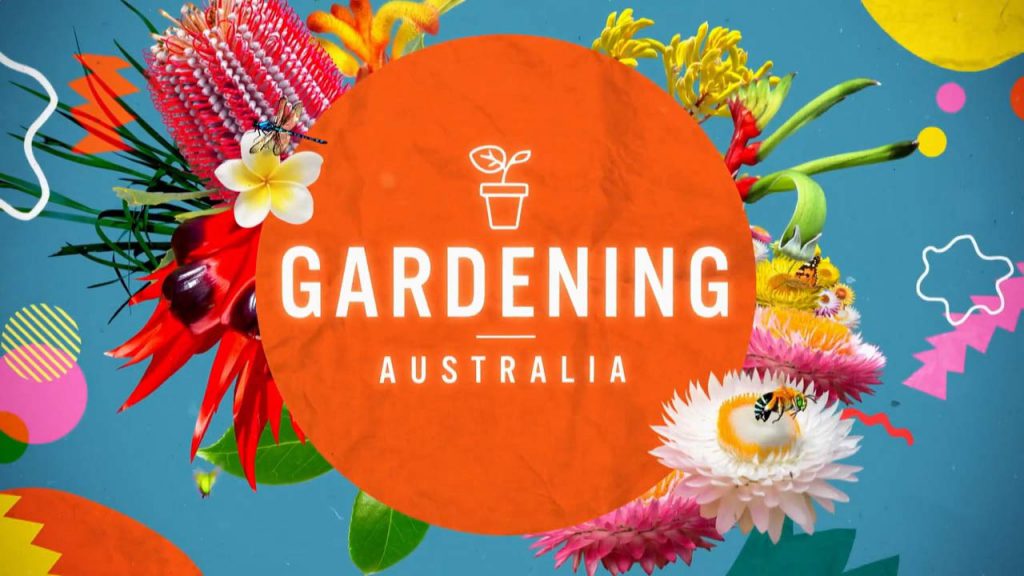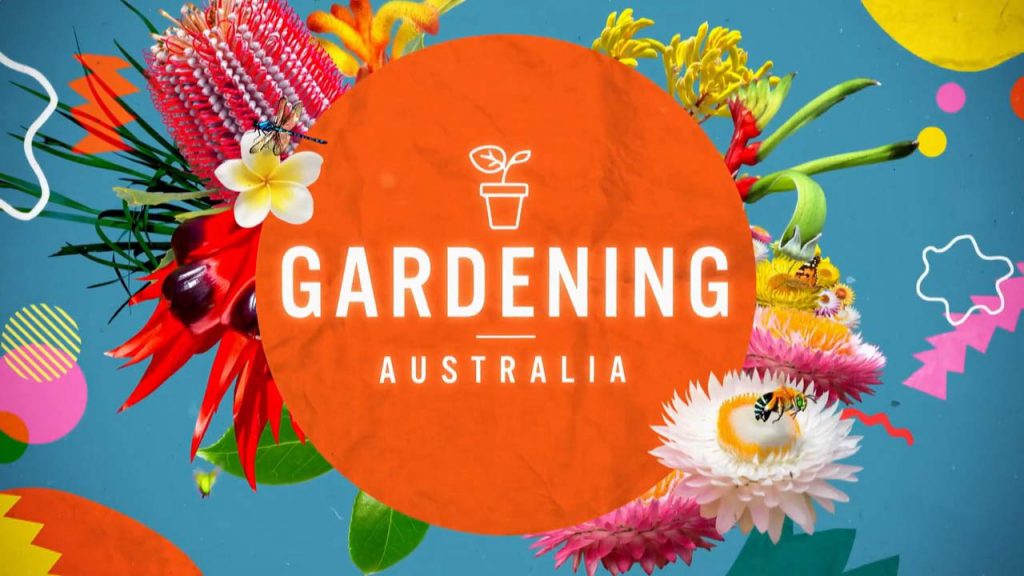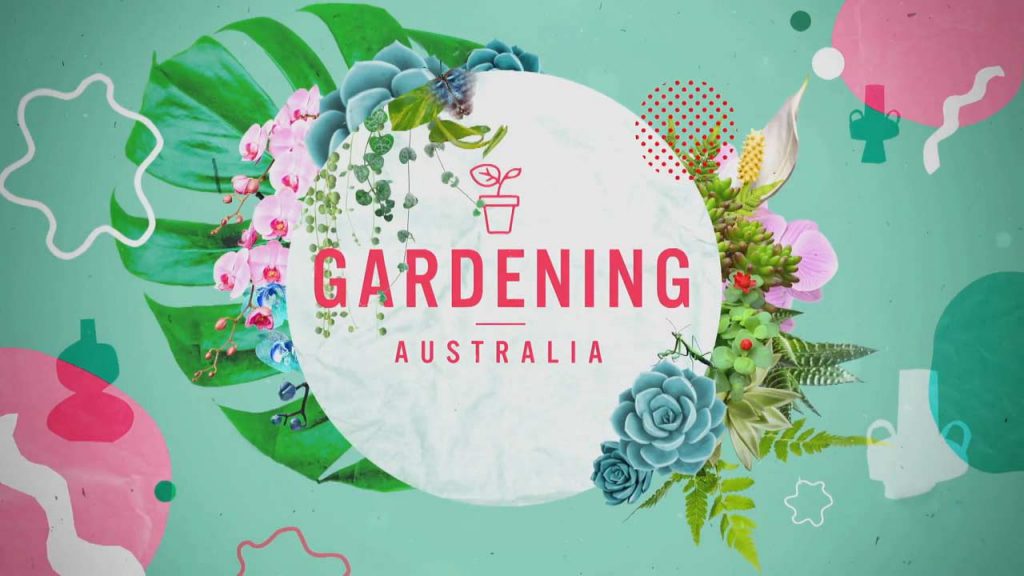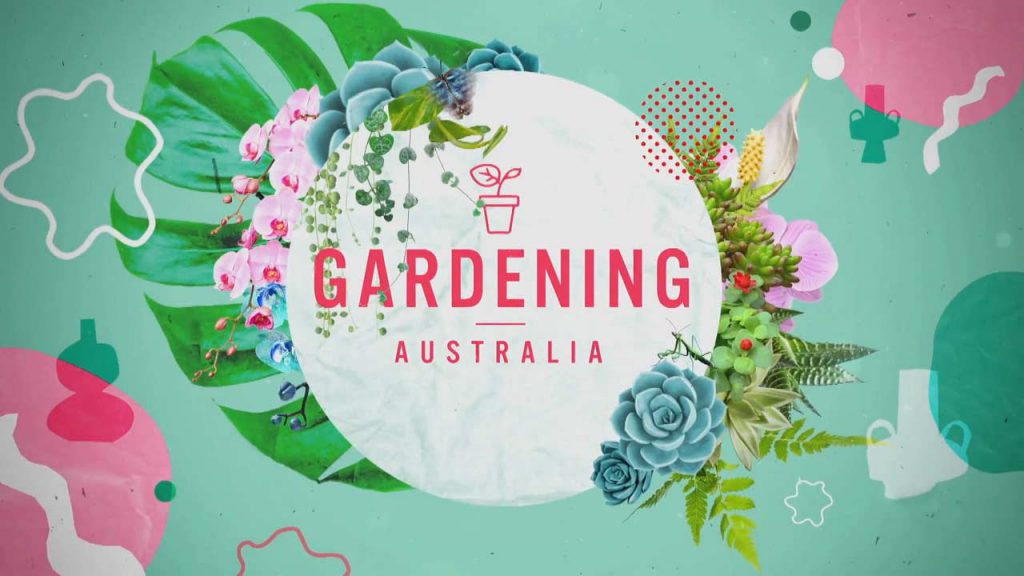Gardening Australia episode 17 2023 – In a tapestry of unique and captivating stories, we journey alongside Sophie as she engages with remarkable individuals known as habitat heroes, selflessly dedicated to preserving our delicate environment. We then pivot to the quiet, yet no less crucial, work of Hannah. Her skillful hands perform the intricate task of grafting plums, an age-old agricultural technique designed to cultivate the perfect produce.
We journey next with Clarence, a quiet observer and avid plant enthusiast, who takes the time to delve into the intriguing world of native mint. His profiles uncover the secret life of this aromatic plant, showcasing its myriad uses and importance to our local flora. Then, we find Costa amidst the beautifully blooming camellias, paying a visit to the devoted carers who maintain their striking beauty. He reveals the skill and patience that these plant nurturers invest into their vibrant, flourishing gardens.
Tammy’s role, albeit complex, cannot be understated. She undertakes the careful process of dividing roots. Her work may seem arcane to the uninitiated, but it plays a fundamental role in plant propagation and the health of our ecosystems. As we continue, we accompany Jane on her gastronomic adventure. She is an intrepid explorer navigating the diverse world of herb flavours. Each herb she uncovers presents a new taste, a new scent, a new recipe – shedding light on the vast and often overlooked realm of botanical cuisine.
Our path then leads us to Jude, a passionate gardener nurturing the delicate beginnings of plant life. Jude’s focus is on growing seedlings, ensuring they receive the care and attention necessary to survive in the outside world. Last but certainly not least, we step into the world of an extreme plant collector. Their name remains a mystery, their collection, a source of awe. Each species, each plant, an irreplaceable part of their treasure trove. Their knowledge and dedication are an embodiment of a profound love and respect for the plant kingdom.
Together, these stories intertwine to form a vivid picture of the beauty and diversity of our natural world, as seen through the eyes of those who love and protect it.
Gardening Australia episode 17 2023
Wild About Natives
Kerry James has taken her love of Australian native plants beyond her own garden and got to work with a group of volunteers to transform their community. In Woodville Park northwest of Adelaide CBD, Kerry’s lush bush block is a haven for Australian plants and wildlife. Preferencing plants over pathways, there isn’t any wasted space, from bush daisies, to myoporum to creeping boobialla, all layers of the canopy are covered in natives. There are large eucalypts in the centre of the yard that are now 35 years old. Kerry says, “they were here when I arrived, but I built the understorey up. It’s a great haven for the birds and a corridor between my yard and the neighbours yard.”
Before this was a wildlife haven, the garden was dominated by kikuyu lawn. Kerry says, “I wanted to build from the ground up, so I built it in tiers… from ground cover, to low lying shrub, to taller shrub and then to lead into the eucalyptus.” While Kerry says she’s not fussy about plants appearances, each species is chosen with preference to indigeneity. Kerry says a Flinders Range wattle, which is not indigenous to this area, became important habitat for birds on a 46°C day so she decided to keep it on that basis.
The garden not only supports the wildlife but also Kerry. “It’s a really reflective place and it’s also a place where you see the changes. You see nature changing every day, climate and plants. Some die, you watch them die and you just have to deal with it, you know, it’s a life lesson. You can overcome, you can. Whatever it is, you can deal with it. It nurtures you in many ways, mentally, emotionally, physically. It takes the stress out of life.”
Misting Orchids
Orchids, the exquisite and vibrant residents of the tropics, are truly a marvel to behold when introduced as houseplants. The very essence of these strikingly beautiful flowers is synonymous with the concept of the tropics itself; an enticing blend of warmth, the unique dampness that permeates the air, and the soft patter of rainfall. This captivating environment, brimming with humidity, rainfall, and the comforting embrace of heat, is where the orchids truly flourish, making them an exciting choice for indoor greenery.
In the high-spirited season of summer, orchids showcase an enviable zest for life, thriving and blossoming amidst plenty of moisture. They bask in the availability of water, growing lush, vibrant, and robust, adding a burst of life and color to your living space. This is when they are at their peak, radiating their exuberance and natural beauty to every corner of your home.
However, when winter’s chilly grasp takes hold, the situation can dramatically shift. Excessive watering during this time can transform from a boon to a potentially fatal misstep. The truth of the matter is that overwatering can prove highly detrimental to the survival of your cherished orchid, potentially pushing the plant to the brink of perishing.
This is where the unassuming yet vital tool of a mister or spray bottle enters the picture. The solution to keep your tropical guests healthy and thriving during the cool, dry winter months lies in misting. A light, gentle misting once or twice a day can be the perfect provision for the moisture that your orchids crave and need to survive.
The roots of these stunning tropical orchids are not just ordinary roots. They are intricately engineered by nature to capture moisture and nutrients not only from rainfall, but also from the soft, dew-laden clouds and mist. Therefore, spraying or misting your orchids is not just a method to water them, but a natural and instinctive way to feed them, mimicking the nourishing mist they would naturally encounter in their tropical homes.
Even during the chilly winter months, resist the urge to water your orchids traditionally. Instead, emulate their natural habitat and mist. By catering to their evolutionary adaptations and playing into the natural lifestyle of these tropical marvels, you can ensure their health and longevity, even in the face of seasonal changes. Their vibrant blooms will thank you for it, bringing a slice of the tropics into your home, regardless of the weather outside.
Craft of the Graft
When you want to increase pollination and get loads more fruit off your tree, it’s good to have a few grafting techniques up your sleeve. Growing two types of plums on one tree is not only space savvy, but also time efficient because grafted wood will fruit earlier than a newly planted baby tree.
Rootstock – Greengage plum tree
This is one of Hannah’s favourite trees and will be the rootstock. It’s a cultivar which produces medium sized green fruit that is rich, sweet and tasty. They can be prolific producers after only a few years and are partially self-fertile which means that the flowers on one tree can cross-pollinate with each other to produce fruit. However, self-pollination is not always reliable, and this tree is not producing as well as it could, so Hannah’s introducing the Golden Drop as a pollination companion.
Scion Wood – The Golden Drop plum
This has similar fruit, a bit larger with a more balanced flavour. Rather than clearing a new space for another tree, Hannah’s grafting a few small branch cuttings of this variety onto the Greengage tree. Scion cuttings can be taken in deep winter when the tree is completely dormant. You can store them in the fridge until late winter or early spring, which will be the best time to do the grafting process.
How does it work?
Grafting is where two different plants are merged to grow as one. Under the surface of bark is a thin green layer called the cambium, this is where all active growth occurs and where the plant will produce new cells to join the two pieces of wood together. On either side of the cambium is the xylem and the phloem which transport water and food throughout the plant. When these layers join up successfully, the new branch becomes just another part of the tree! Tools can be sterilised in a blend of metho and water.
